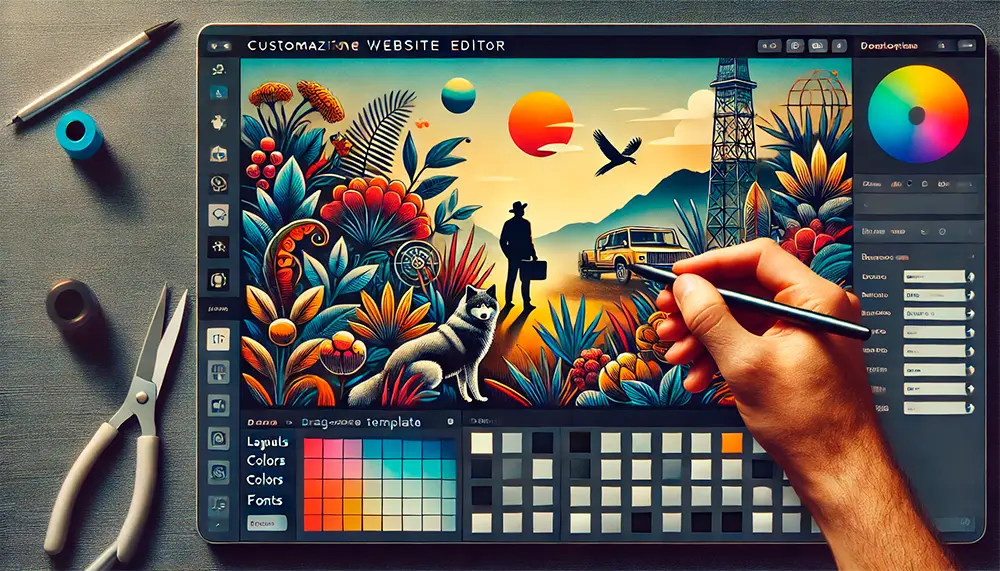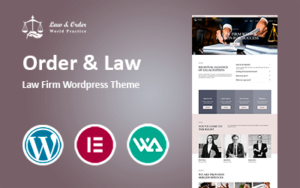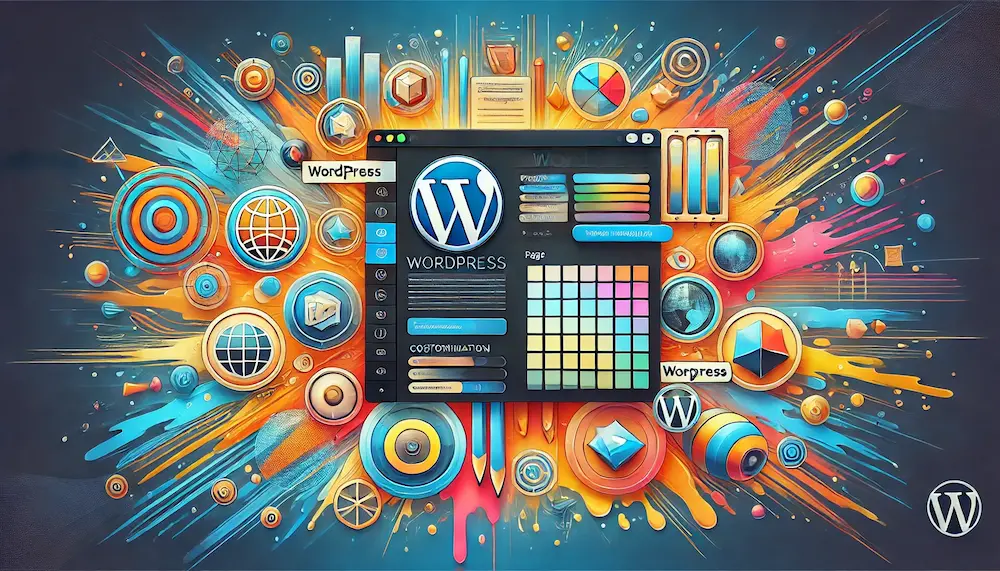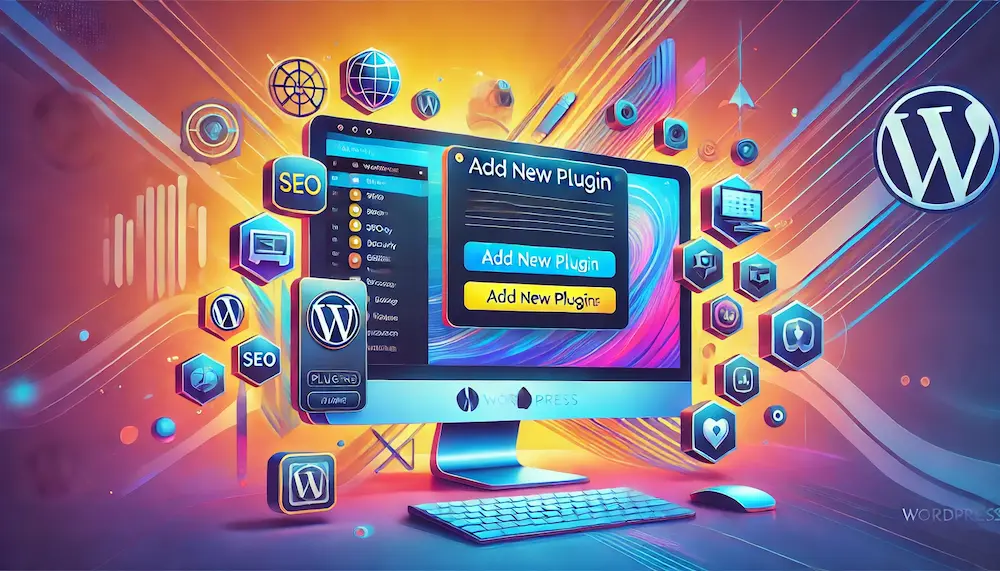Maximizing the Potential of Your Template

In today’s digital-first world, your website is often the first impression potential clients or customers have of your business. Therefore, choosing the right template for your website is essential, but more importantly, knowing how to maximize the potential of that template can significantly improve the user experience and help drive conversions. A well-optimized template provides not just aesthetic appeal but also functional benefits that enhance navigation, performance, and engagement. In this article, we explore various strategies to get the most out of your template.

1. Choose a Template That Aligns with Your Goals
Your website template should reflect the goals of your business. Are you looking to showcase a portfolio, drive sales, or provide information? Understanding your key objectives will help you choose the right template from the start. Modern templates come with a variety of pre-built layouts tailored to specific industries, such as eCommerce, services, or creative portfolios.
Key Features to Consider:
- Mobile Responsiveness: Ensure that the template is responsive and looks great on all devices.
- Customization Options: Look for templates that offer flexibility in design elements, including fonts, colors, and layouts.
- Integration with Plugins: Depending on your needs, you might require integration with plugins for SEO, eCommerce, or social media.
Tip: When selecting a template, think long-term. Opt for a design that not only looks great now but also offers the flexibility to grow with your business.
2. Customize It to Match Your Brand Identity
Out-of-the-box templates often come with default settings that need personalization. Take the time to customize the template so that it truly reflects your brand’s identity. This means adjusting the colors, fonts, and imagery to match your company’s look and feel. Consistency in branding not only builds trust but also helps differentiate your business from competitors.
Customization Ideas:
- Logo and Brand Colors: Make sure your logo is placed prominently, and use your brand’s color scheme throughout the site.
- Typography: Choose fonts that represent your brand’s tone and style. For example, bold typography for a modern tech company or elegant fonts for a luxury brand.
- Imagery: High-quality images relevant to your products or services can make your site visually appealing and professional.
3. Optimize for Performance
No matter how stunning your website looks, performance issues can drive away visitors. Users today expect fast-loading websites, and even a few seconds of delay can lead to increased bounce rates. By optimizing the technical aspects of your template, you can enhance performance and provide a smoother experience.
Performance Enhancements:
- Image Compression: Use image compression tools to reduce the size of your images without compromising quality. This ensures that your site loads faster.
- Minify CSS and JavaScript: Reducing the size of your CSS and JavaScript files can speed up page loading times. There are plugins available that automatically minify these files for you.
- Enable Caching: Caching stores a version of your site so that repeat visitors experience faster load times.

4. Leverage Built-in SEO Features
A high-performing template should include built-in SEO-friendly elements. This means clean code, optimized meta tags, and fast load speeds. However, you should also ensure that the template supports essential SEO plugins like Yoast SEO or All in One SEO to further optimize your content for search engines.
Key SEO Optimizations:
- Alt Text for Images: Ensure all images have descriptive alt text to improve search engine rankings and accessibility.
- Meta Tags: Customize the meta titles and descriptions for each page to ensure they’re SEO-friendly and accurately describe your content.
- Structured Data: Implementing schema markup will help search engines better understand your content, which can improve your visibility in search results.
SEO Features to Look For in a Template:
- Mobile Optimization: Mobile-first indexing is now the standard for Google.
- Fast Loading Times: Page speed is a ranking factor in Google’s algorithm.
- Clean Code: Reduces the risk of technical SEO issues.
5. Enhance User Experience with Micro-Interactions
Incorporating micro-interactions into your template design can make a huge difference in user engagement. These are small, often subtle, design features that respond to a user’s actions, such as hover effects on buttons, scrolling animations, or loading spinners. These micro-interactions not only provide feedback to the user but also make the website feel more dynamic and engaging.
Examples of Effective Micro-Interactions:
- Button Animations: When a user hovers over a button, it slightly changes color or expands, indicating that it’s clickable.
- Scroll Animations: As users scroll down the page, different elements like text and images animate into view.
- Progress Bars: A progress bar during loading or form submissions can keep users engaged.
6. Test and Iterate
After customizing your template, it’s essential to test it thoroughly. A/B testing allows you to experiment with different elements (e.g., call-to-action buttons, headlines, or images) to see which versions perform better. Regularly reviewing your website’s performance can help you identify areas for improvement and ensure that your template is continually optimized for user experience and conversions.
Tools for Testing:
- Google Optimize: Allows you to run A/B tests and personalize your site based on user behavior.
- Heatmaps: Tools like Hotjar provide heatmaps that show where users are clicking and spending the most time on your site.
- Google Analytics: Use analytics to track user flow, bounce rates, and conversion metrics.
Conclusion
Maximizing the potential of your website template is not just about aesthetics—it’s about functionality, user experience, and performance. By choosing the right template and optimizing it for speed, SEO, and usability, you can significantly enhance the impact your website has on visitors. Remember, your template is the foundation of your digital presence, and making the most out of its features can set your business up for online success.
Latest Posts
Tags
Our WordPress Themes

129,00 € Original price was: 129,00 €.99,00 €Current price is: 99,00 €.

64,00 € Original price was: 64,00 €.49,00 €Current price is: 49,00 €.
Share:






